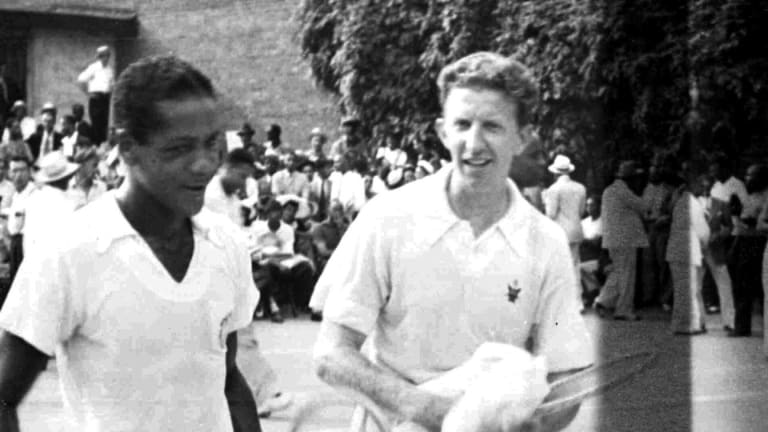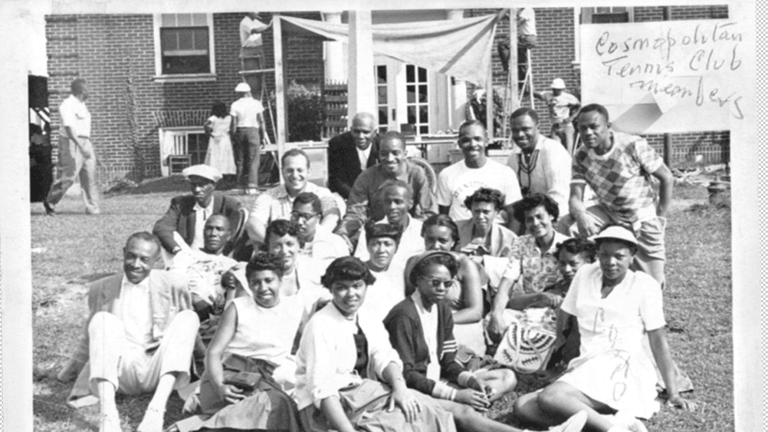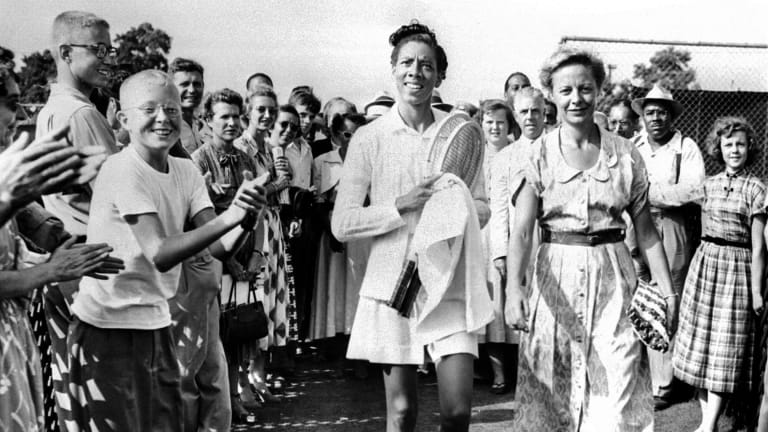The Pioneer: McDaniel breaks tennis' color barrier—for a day—vs. Budge
By Jul 29, 2020Stat of the Day
Carlos Alcaraz passes Jannik Sinner for No. 1 on year-to-date live race after reaching Monte Carlo final
By Apr 12, 2025Your Game
The Partner ball machine uses robotics to revolutionize tennis training
By Apr 12, 2025Tennis.com Interview
Lorenzo Musetti manifested his 'special' week in Monte Carlo with first Masters 1000 final
By Apr 12, 2025ATP Monte Carlo, Monaco
Carlos Alcaraz charges past Alejandro Davidovich Fokina to reach Monte Carlo final
By Apr 12, 2025ATP Monte Carlo, Monaco
Alex de Minaur: 6-0, 6-0 win over Grigor Dimitrov in Monte Carlo was 'bizarre'
By Apr 11, 2025Social
Stefanos Tsitsipas declines to comment on Goran Ivanisevic coaching rumors
By Apr 11, 2025ATP Monte Carlo, Monaco
Carlos Alcaraz vs. Alejandro Davidovich Fokina: Where to Watch, Monte Carlo Preview, Betting Odds
By Apr 11, 2025Pop Culture
Strive to survive: Film shows the pressure ball kids face to earn an Australian Open spot
By Apr 11, 2025ATP Monte Carlo, Monaco
Alex de Minaur vs. Lorenzo Musetti: Where to Watch, Monte Carlo Preview, Betting Odds
By Apr 11, 2025The Pioneer: McDaniel breaks tennis' color barrier—for a day—vs. Budge
Eighty years ago in Harlem, Jimmie McDaniel and Don Budge played a match at the Cosmopolitan Club. But while McDaniel helped open doors for the sport, he found they were still closed to him.
Published Jul 29, 2020
Advertising

The Pioneer: McDaniel breaks tennis' color barrier—for a day—vs. Budge
Advertising

The Pioneer: McDaniel breaks tennis' color barrier—for a day—vs. Budge
Advertising

The Pioneer: McDaniel breaks tennis' color barrier—for a day—vs. Budge
© AFP via Getty Images
Advertising

The Pioneer: McDaniel breaks tennis' color barrier—for a day—vs. Budge